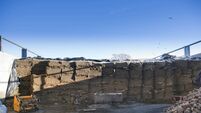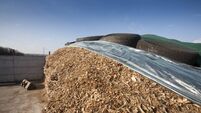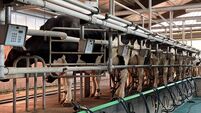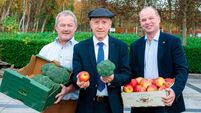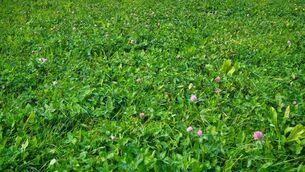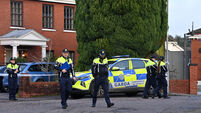Herd Tasks: Your weekly farming checklist
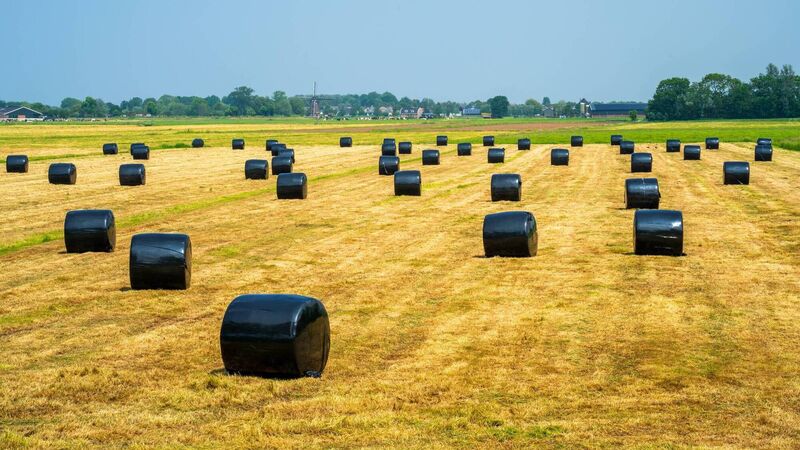
Value feeds based on how much energy you will have per euro spent, rather than the cost per tonne.
- Grass has only started to grow well in the last two weeks — give it every chance to push on now by fertilising it sufficiently.
- Keep sufficient supplies of grass in front of all stock.
- Start planning for silage — get the balance right between quality and quantity. Many beef and dairy herds are planning for a three-cut strategy as the best approach to balance quality with quantity in silage making for 2025.
- Weigh up all the options correctly when trying to access forage supplies for next winter.
- Value feeds based on how much energy you will have per euro spent, rather than the cost per tonne.
- Check water troughs are clean when putting stock into a field.
- Clean water will help to optimise grass intake
- Resist the temptation to immediately pull meal and buffers from your herd. Reduce according to herd performance and requirements for your own herd and not someone else’s. Some second round grass I tested recently was 16/17% dry matter, so if you pull feed fast, can you realistically expect cows to make it up from grass straight away.
- It is essential to transition cows down off higher supplementary feed rates slowly, and if yield drops, then you have reduced supplementation too far, too fast.
- If cows go back in milk when full time on grass, then they are not getting enough food — address that straightaway as they will be harder to get in calf otherwise
- Monitor yield, solids, particularly lactose and protein, to establish if they are getting and utilising sufficient energy. If urea levels go too high, above 35, then review protein supplementation and nitrogen application strategies.
- Milk price is excellent at present, so optimising volume with extra concentrates will be very profitable in 2025.
- Continue to supplement suckled cows at grass with magnesium to prevent tetany — use bucket licks or add mag flakes to water.
- Watch recently turned out calves to make sure they are drinking their mother out.
- Young calves should also be monitored for scours and digestive upsets.
- Where creep is being fed outside, ensure birds are not soiling the feed.
- Breeding has started in spring herds, so pre-breeding heat detections should be recorded to ensure cows are cycling normally. This will allow you to identify problem non-cycling cows requiring attention.
- A pre-breeding scan is, in my opinion, the best scan of all.
- Bulling heifers on grass should be offered a beef mineral bucket to prepare them for the breeding season. Basic elements such as phosphorus and calcium are important for frame growth and saliva production/digestion.
- If you still have heifers in, then it may be worth considering keeping them in for breeding. Turning them out during the breeding season will mean they must get used to a new diet outdoors, and may be detrimental to conception rates.
- Keep good breeding records for heifers and treat non-cycling stock once problems are identified.
